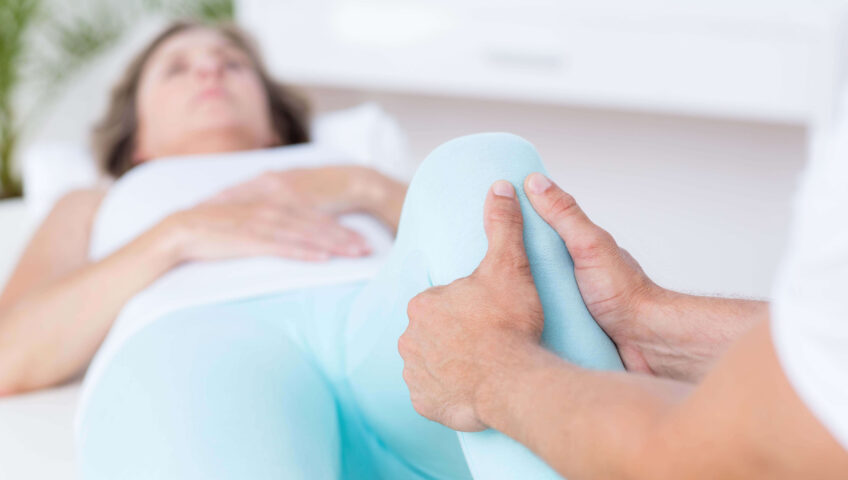
Tackle Your Morning Joint Stiffness
Waking up with ache and stiffness in our joints is something most of us have experienced. It is easy to blame it on age, but that may not be the whole story; you may also feel stiff when standing up from sitting for too long, or when moving your joint after staying in the same position for a while, like after sleep.
The stiffness generally resolves once you start moving or after a hot shower, however, there are ways to ease it even before you start your daily routine.
Before we suggest some in-bed exercises, let’s look at understanding why the stiffness occurs in the first place. There are 2 main components within our joint structure:
Articular cartilage is a smooth, white connective tissue that covers the end of our bone within the joint and allows the 2 bones to glide smoothly over each other.
Synovial fluid is the thick, colourless liquid inside the joint. It plays an important role in contributing to low friction within the joint, providing nutrients to articular cartilage, and facilitating clearance of waste from the joint.
What Causes Morning Joint Stiffness?
1. Age Related Changes To Joint Structure
With age, all joints eventually start showing a degree of degeneration. Our articular cartilage surface becomes rough and less elastic. Synovial fluid inside the joint becomes less thick as well, losing some of its effectiveness as a lubricating agent. The combination of these changes increases the amount of friction inside the joint, leading to the feeling of stiffness.
2. Reduced Anti-Gelling Agent In The Joint
On the surface of the joint, there is a lining of surface-active phospholipid, which is an anti-gelling agent for synovial fluid. With articular cartilage degeneration, we start losing this layer and as a result, it is easier for the synovial fluid to become more solid – like when not moving. We can compare this gelling phenomenon to making gelatine. Stirring a hot gelatine keeps it in liquid form thoroughly, but when you stop moving it, it starts to gel together and becomes more solid.
3. Higher Joint Volume
Our body removes excessive synovial fluid through its lymphatic system, assisted by joint movement. For most of us, sleep is the longest time where our joints stay inactive and the flow of fluid out of our joints is sluggish. As a result, there is increase in joint volume in the morning, making it harder to get moving.
How Do I Ease My Morning Joint Stiffness?
The draining the fluid out of your joints or “stirring” of the synovial fluid to break its gelling effect can help ease some of the stiffness that you experience. This can be achieved by doing simple range of motion exercises that are light on the back and knee joints, making them a great choice to start your day.
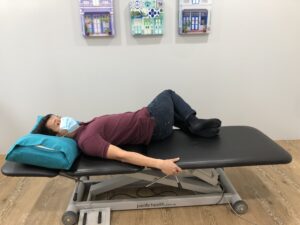
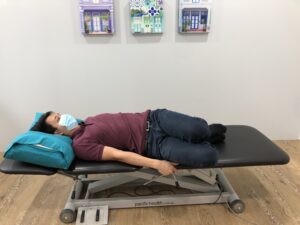
Knee rolling in bed: Roll to one side and hold for 3 seconds. Repeat this for 10 times each side. You should feel a gentle stretch over your back or hip while doing the exercise.

Single knee hug: Hug your knee and hold it for 10 seconds. Repeat 3 times for each side.
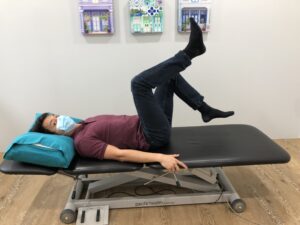
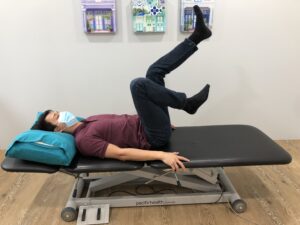
Cycling in bed: Imitate cycling movement on the bed for 1 minute. The further your leg is from your body, the harder it will be. Do as you can tolerate.
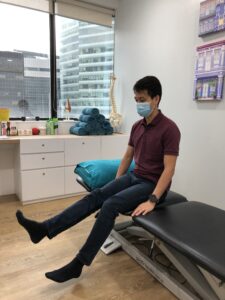

Shaking your legs in sitting: Lift your leg alternatively on each side while you sit over the edge. Do this for 1 minute.
If you continue to experience joint stiffness flexibility issues in the morning, do consider consulting your physiotherapist, which should be able to help you identify the root cause of the issue and help you manage it.
Written By: Anson Wong, B.Sc. (Hons) Physiotherapy (MY)
Anson has 9 years of experience in physiotherapy, and specialises in musculoskeletal and sports injury rehabilitation. His main areas of focus include the shoulders, knees, and ankles. He is also a Certified Mulligan Practitioner.
